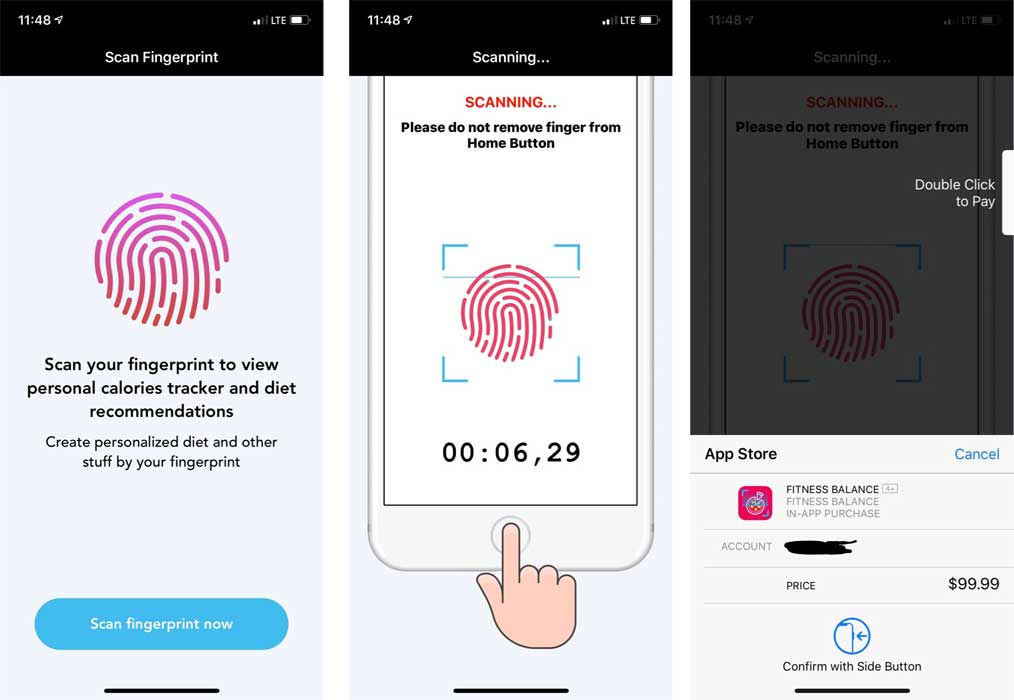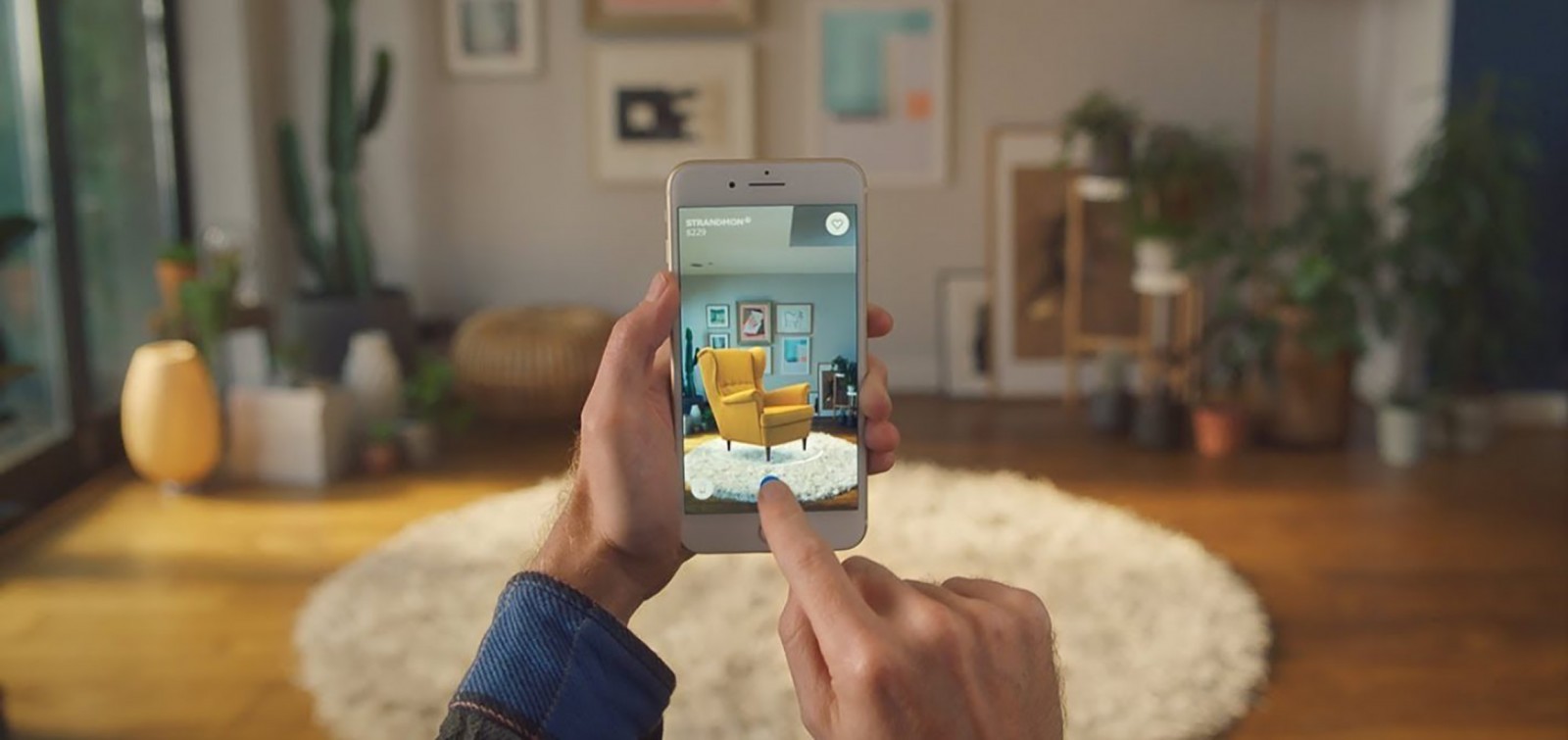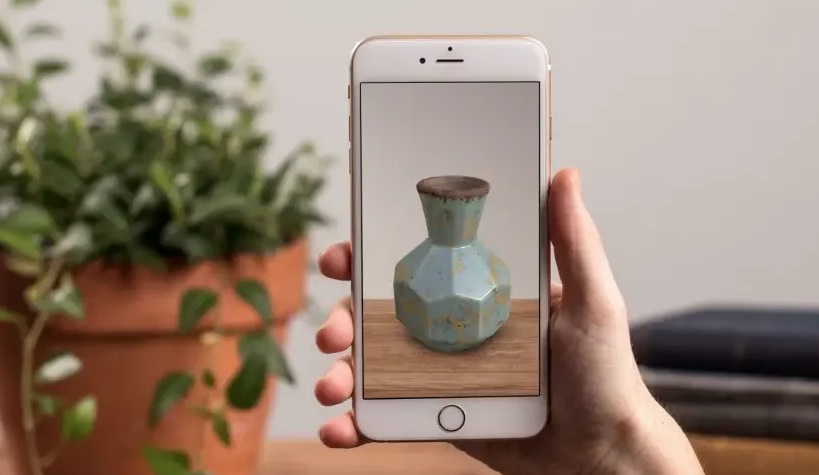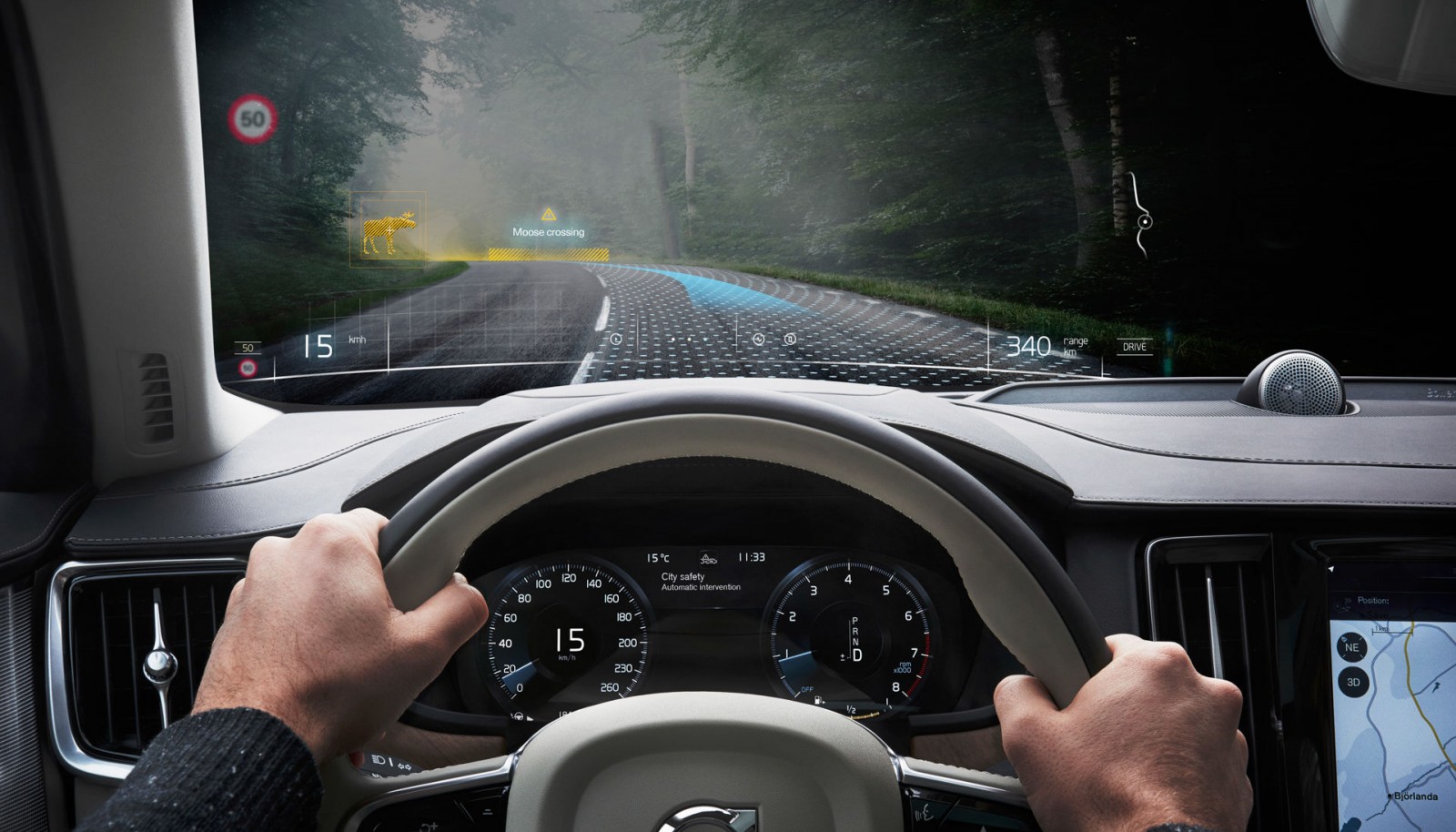Back then, 40 years ago, this kind of public communication format seemed unbelievable. Today—it takes just two taps on a screen and you’re live on Facebook, Instagram, or YouTube with millions of people. The cyberpunk future is already here, and we’re going to talk about how it influences commercial interface design.
Touch ID Payment: pay with your fingerprint
Touch ID is a sensor that grants access to a device or action after scanning a fingerprint. With Touch ID, you can unlock your smartphone or make purchases. The technology is implemented on Apple devices and some Androids.

How it works:
Touch ID is integrated into iTunes, App Store, and Apple Books. If you're into building websites and interfaces and want to earn good money doing it—join the online masterclass “How I Make Money with Layout Design”.
An even more futuristic technology—Face ID—is already in use in China. In some stores, you can pay just by showing your face—no card or phone needed. The payment system scans your face and, if verified, processes the transaction.
Augmented Reality
IKEA PLACE
IKEA PLACE lets you see how furniture or décor items will look in your home. You can compare it with your actual interior and check the dimensions.
How it works:
The app provides an accurate 3D model based on size and color. You don’t need to guess how the furniture will match your walls or materials. You don’t have to measure the space—it takes just a few swipes to place the item virtually in your room.

Shopify
Shopify uses the same augmented reality tech as IKEA—but for all kinds of items, not just furniture. You can preview a 3D model of a bike, vase, or painting right in your room using your phone. How it works:
AR technologies create a smooth user experience, making users more likely to buy. The same principle applies to UI/UX design—create persuasive design that drives action.

Brands and VR
As early as 2015, 7 out of the top 10 global brands were using virtual reality in their marketing. VR let users test drive a car, try on clothes, or explore a vacation spot before booking.
In 2015, The North Face gave every customer a chance to virtually hike through Yosemite National Park in California. The idea was to bring customers closer to real nature. While it didn’t simulate actual terrain or weather, it worked as a memorable, loyalty-building experience.
The New York Times mailed out Google Cardboard headsets to all subscribers to use with their NYT VR app. It let readers dive deeper into stories—not just by reading or watching, but by virtually stepping into the scene. Google Cardboard is like a DIY Oculus: fold the headset, insert your smartphone, open the story, and you’re in.
Volvo created Volvo Reality using the same formula—an app, Google Cardboard, and a smartphone. It was a virtual test drive that let users explore the car interior and dashboard. While it didn’t simulate driving feel or brake resistance, it still brought customers much closer to the product.

AR & VR marketing: effectiveness and potential
Augmented reality in e-commerce, like IKEA PLACE, boosts customer loyalty and trust. It’s especially effective for furniture and décor because:
For clothing, shoes, and accessories, AR and VR offer a more immersive experience—you can view items in 3D. Still, nothing beats the trust built by trying things on. Same with cars: full trust comes from being behind the wheel and “feeling” the vehicle.
Either way, AR and VR in commercial and content-driven projects always result in more interest, attention, and brand loyalty. Want to start building experiences like this? Start simple. In the coaching program “My New Online Profession,” you’ll learn how to design and code websites, master HTML, CSS, and jQuery, work with real clients, and earn your first income.
